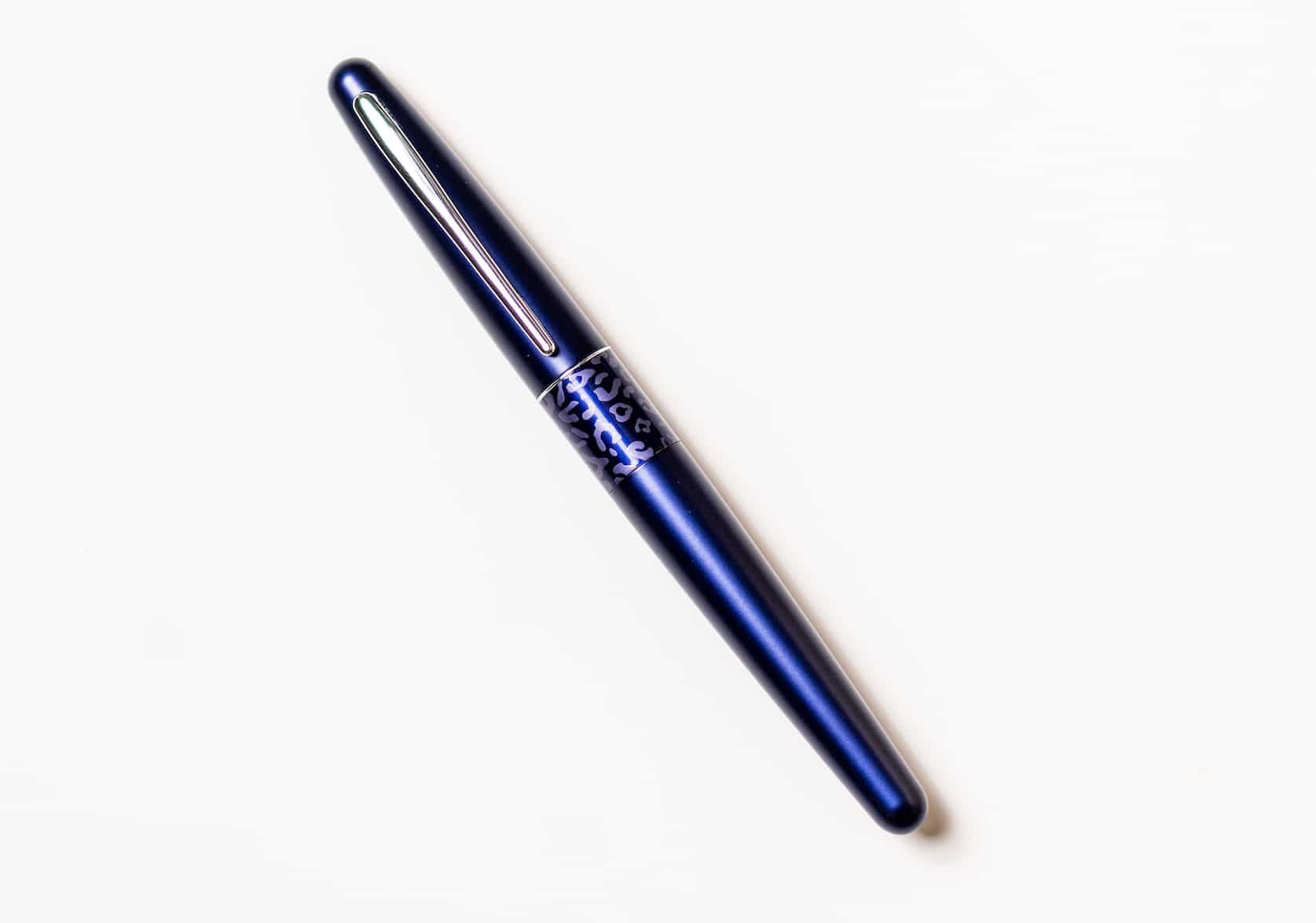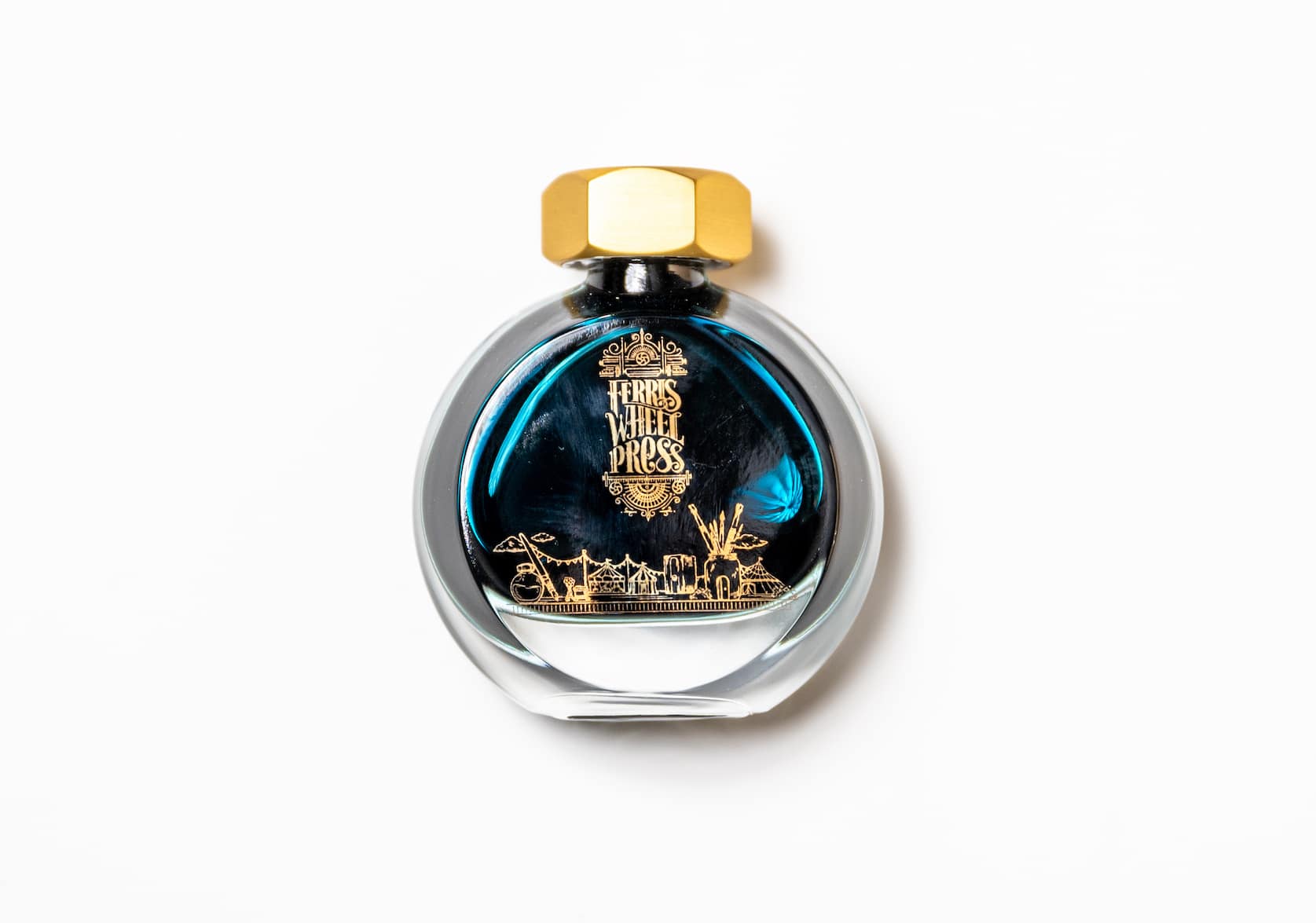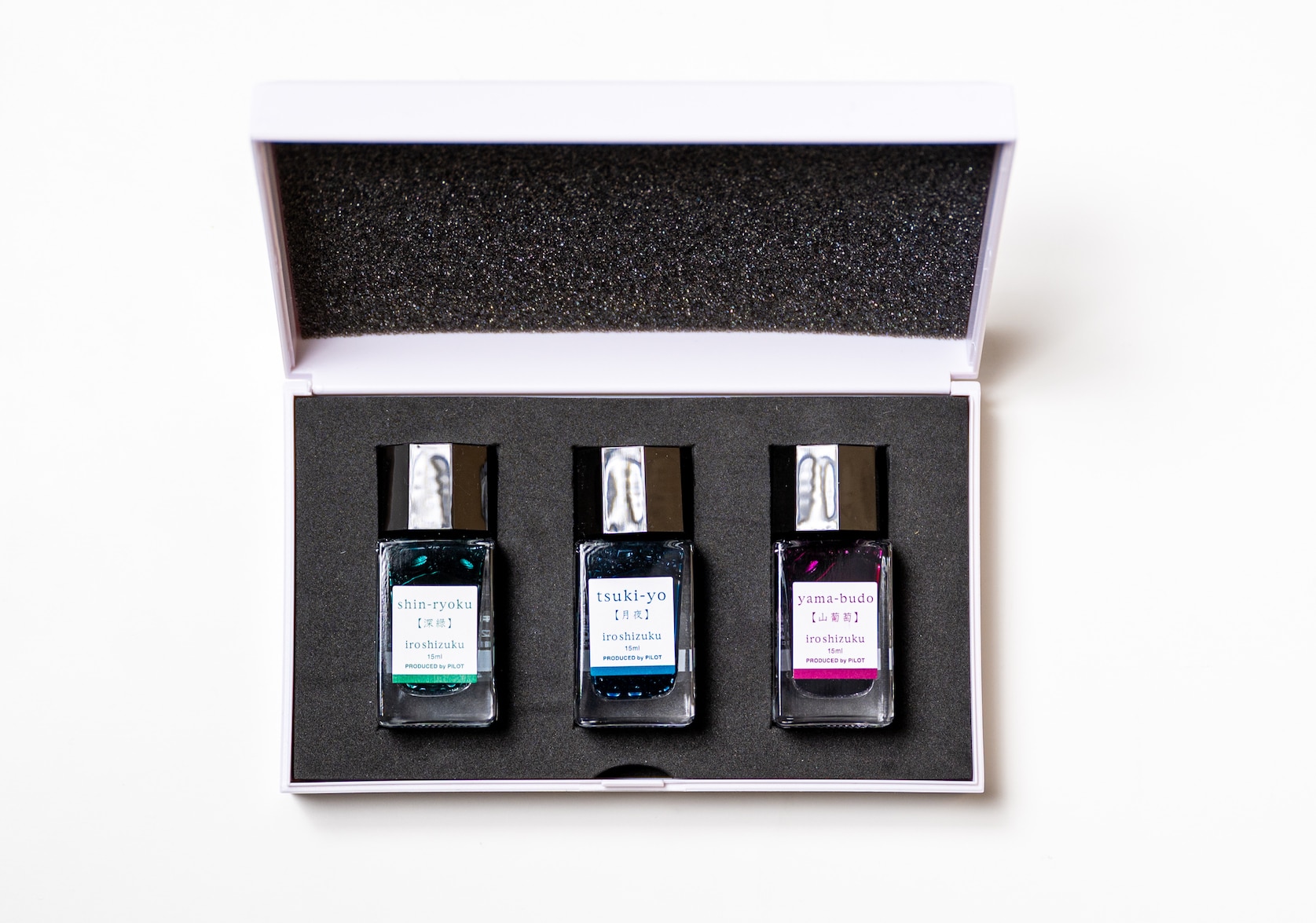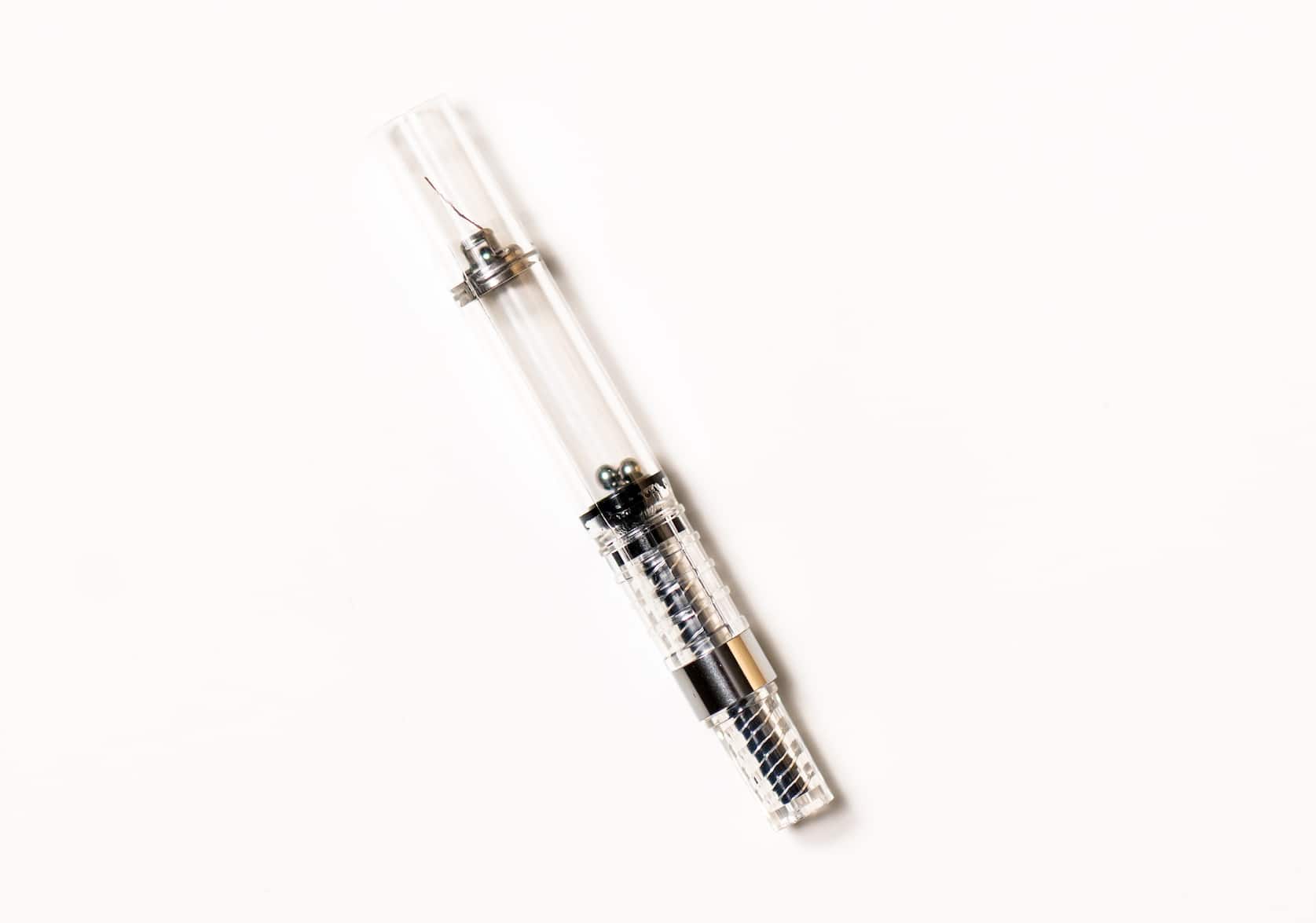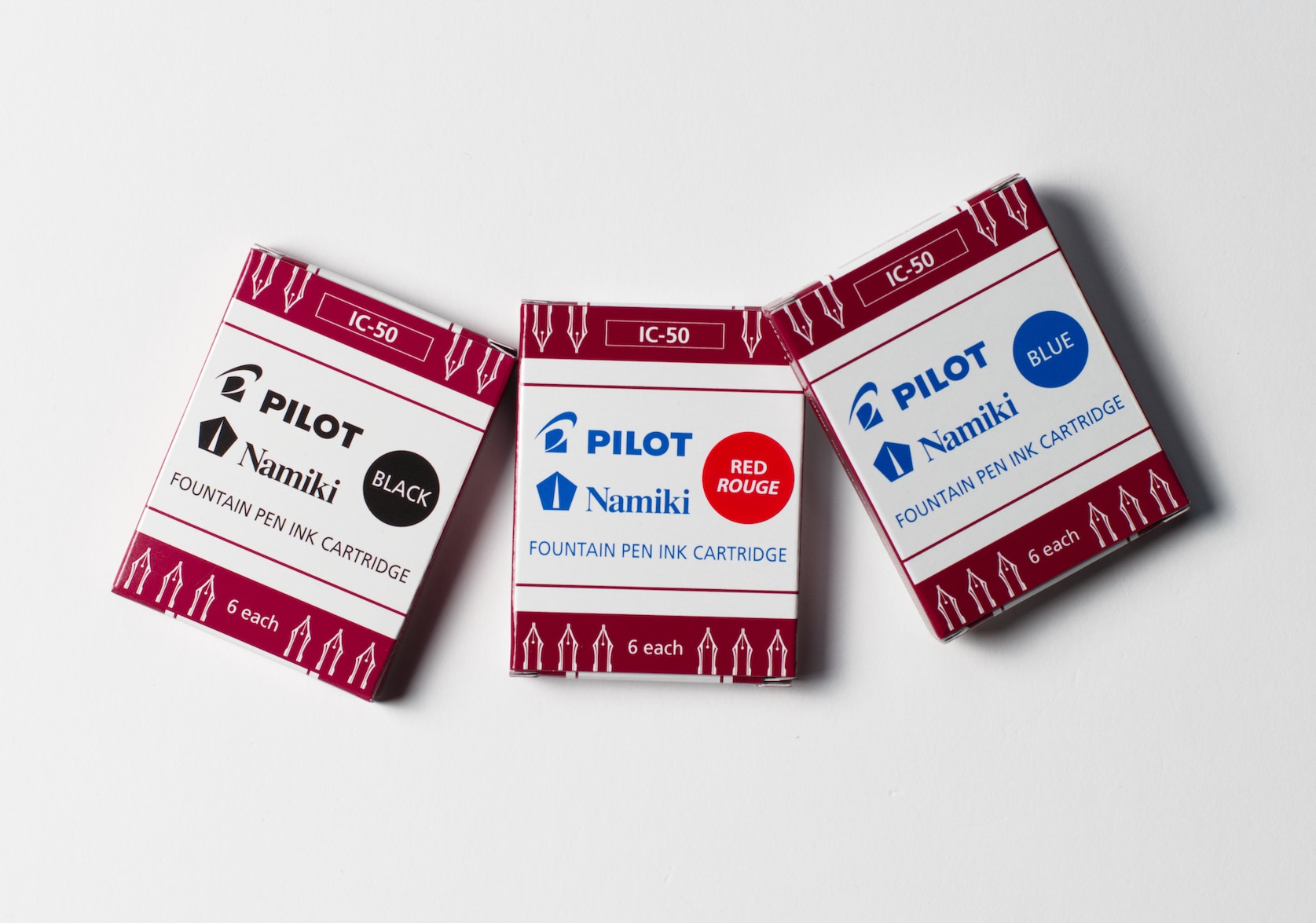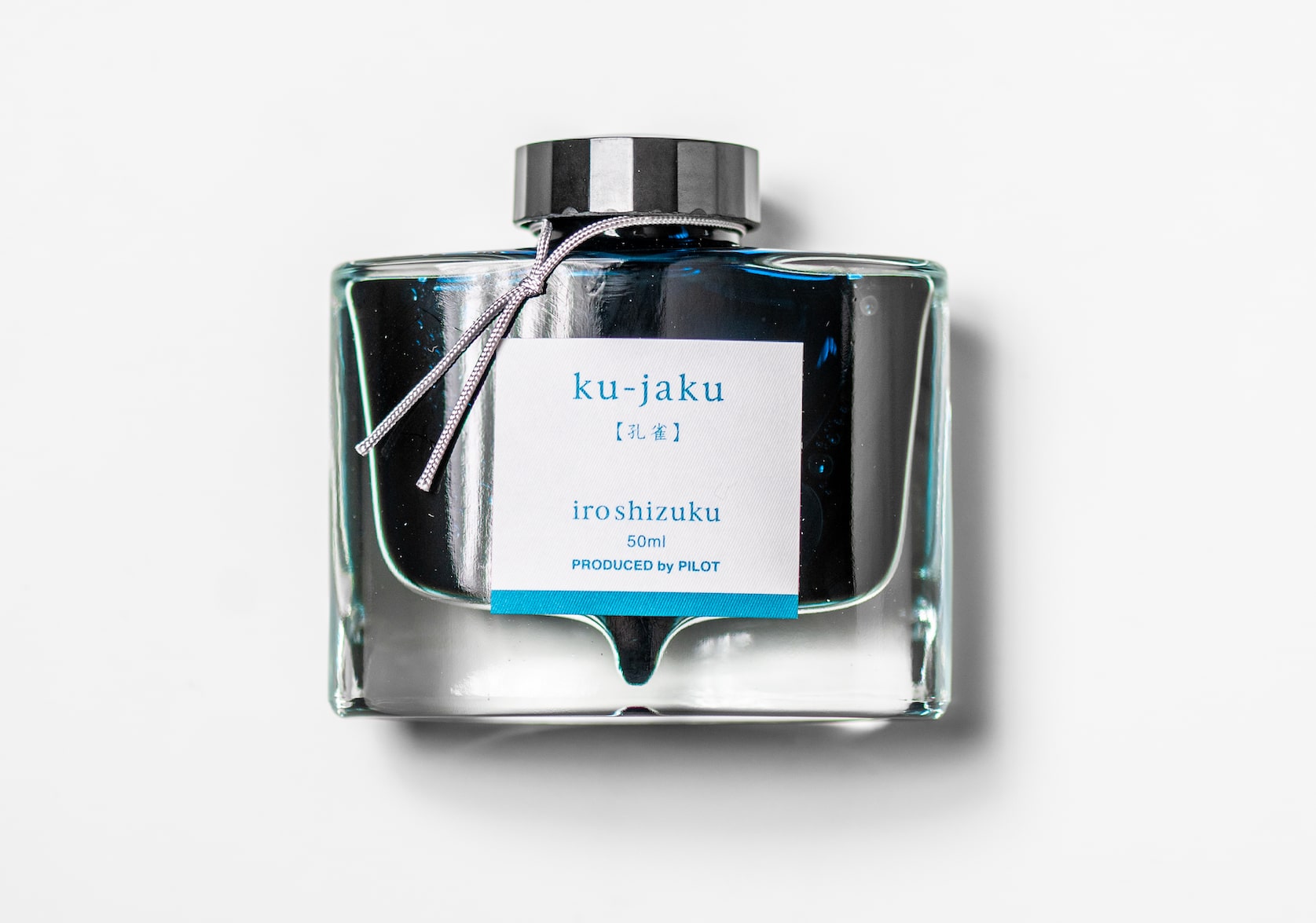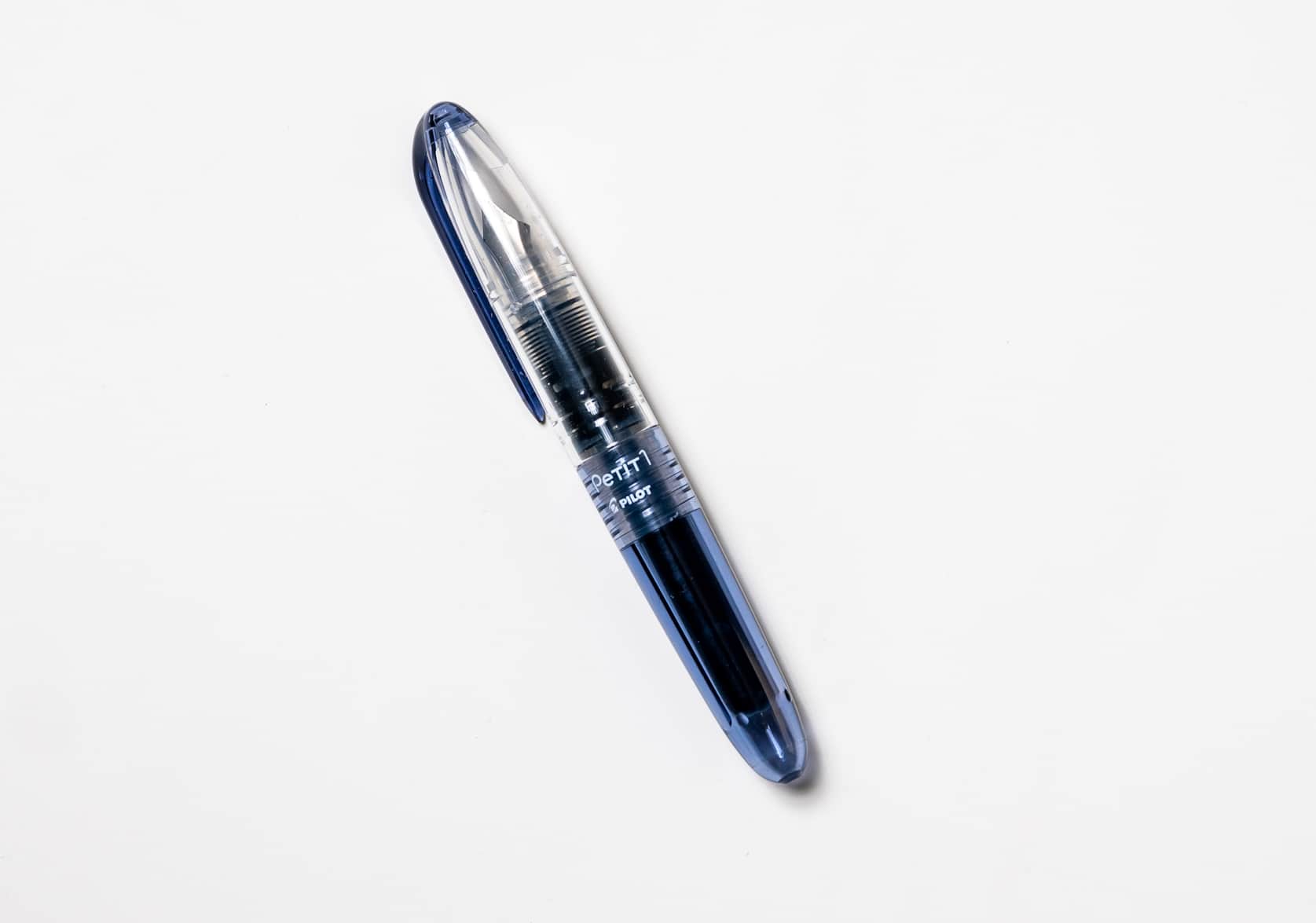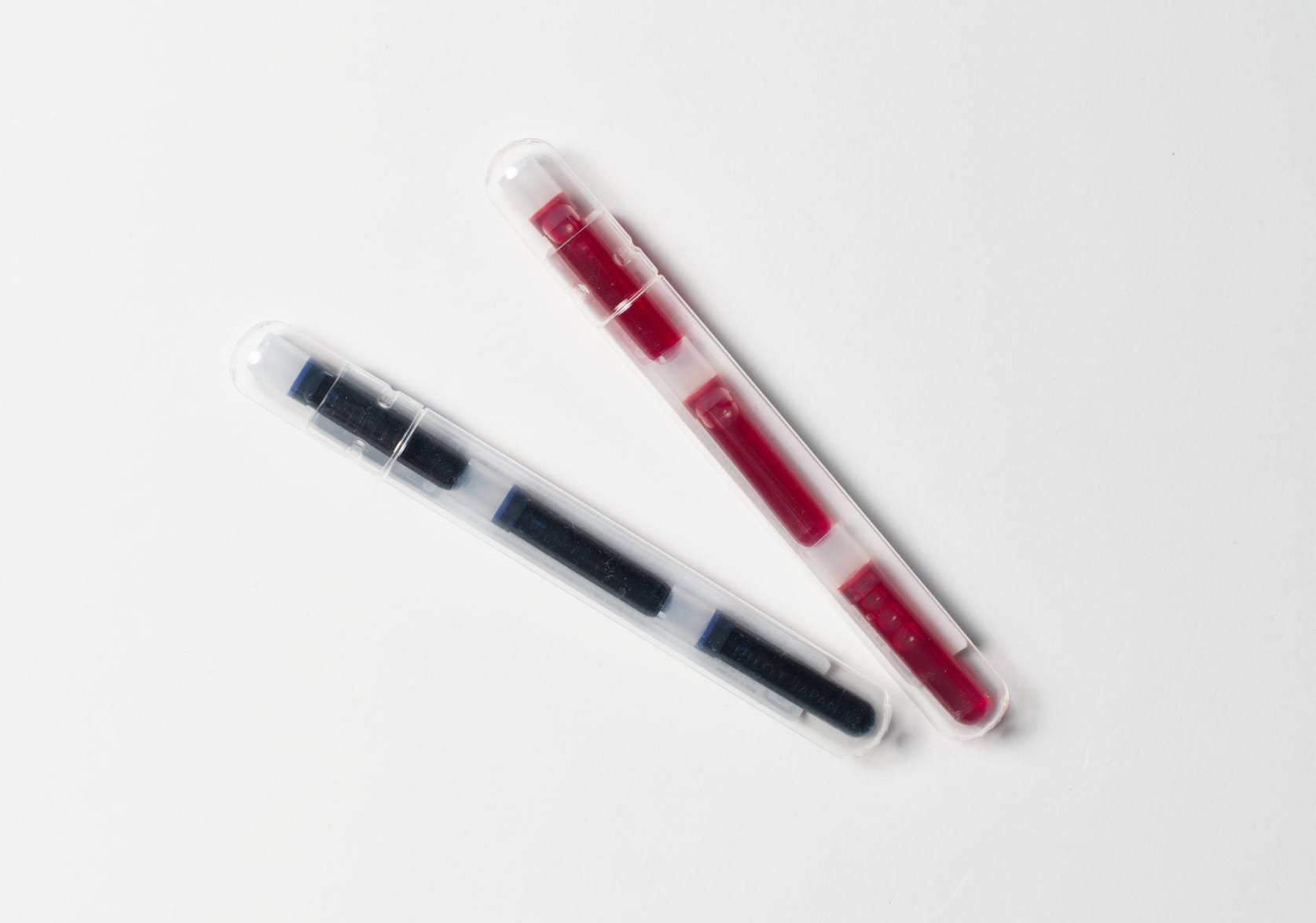There’s something about a fountain pen that’s so elegant, yet whimsical – professional, yet romantic. Whether you’re writing in a journal or composing a letter to a loved one, it adds a touch of magic to the intimate act of putting pen to paper.
If you’re fountain pen-curious or just acquired your first fountain pen, you may be wondering how it works and what you can do with it. In this introductory post for our Pen & Ink series, we’ll give you the basics of fountain pen anatomy and uses.

Fountain pen anatomy
This is a Pilot Metropolitan fountain pen (Leopard Animal Collection Fountain Pen MR2) – a very beginner-friendly pen that is high-quality, easy to use and relatively inexpensive.
As this is part 1 of the series, we’ll be discussing a common type of fountain pen design, using the Pilot Metropolitan pen as an example. There are other types of fountain pens and designs out there, and those will be covered in a later post (some fountain pens don’t have caps, and some caps don’t have clips, for instance).
Common fountain pen parts
- The cap: it usually comes with a clip to secure your pen to your pocket or notebook, and so that it doesn’t roll off the table when you lay the fountain pen down. The cap can be gently pulled or screwed off the pen. Putting the cap at the end of the pen while you’re using it is called “posting the cap”. Always replace the cap when you’re finished using the pen – very important to protect the nib and keep your ink from drying out when the pen isn’t in use – and store your pen with the nib end up or on its side. If you store your pen with the nib end down, the ink can easily get gummed up in the nib or even leak into the cap.
- The barrel (also known as the body): barrels (and their corresponding caps) can be made of plastic (opaque or transparent), metal (silver, gold, brass, stainless steel) and even be hand-crafted in wood! The barrel is unscrewed from the section to insert your ink cartridge or converter.
- The section joins the barrel to the nib. This is where you hold the pen (also known as the grip). The ink cartridge or converter is attached to the section, and lives inside the barrel.
- The feed is located on the underside of the nib. This is where the ink travels from the cartridge or converter to the nib.
- The nib is the writing end of the pen – the point of the pen that you put to paper. In our Pilot MR2 pen example, the nib is made of stainless steel. More expensive, high-end pens can even have gold-plated nibs!
Nib sizes
Nibs come in a variety of point sizes, which dictate the thickness of the line it produces: extra fine (EF), fine (F), medium (M), broad (B) and double broad (BB) nibs. Individual pens may be available with more than one nib size; for instance, the Pilot Metropolitan pen pictured above is available with an F or an M nib.

M and F nibs
Ink delivery systems
The ink source for your pen can be a cartridge or a converter; most fountain pens offer both options. Plus, there are other options, like the piston-filler fountain pen (more on this in a future post). Cartridges are single-use and made of plastic, while converters are refilled from a bottle or vial of ink. In addition to an IC-50 ink cartridge, our Pilot MR2 pen comes with a CON-B squeeze converter and can also use a Pilot CON-40 piston converter. More on converters in a moment.
Both cartridges and converters plug into the section of the pen and live inside the barrel. When my pen arrived (the pen in our example here), the squeeze converter was already attached to the section, so I needed to gently remove it first before installing the cartridge. Once you’ve installed your cartridge, the ink will need to flow into the feed before reaching the nib. This doesn’t happen instantaneously and can take some time. To speed up the process, and get writing as soon as possible, hold the pen nib side down and gently squeeze the cartridge 2-3 times to get the ink flowing to the nib before reassembling the pen. More about filling your converter with ink in a future post.
There are three types of converters:
Piston – includes a knob that you twist, creating a vacuum that draws ink into the pen.

Piston converter (between the section and the barrel)

Squeeze converter
Squeeze – includes a rubber chamber, which you squeeze air out of and release to create a vacuum that draws ink into the pen.
Push-button – the least common, you push a button to fill it; it holds a lot of ink, requires more finesse to operate and is more challenging to clean.
Whichever ink delivery system you use, make sure it’s compatible with your pen. Not all types of cartridges will work with every pen; and not all types of converters are available for every pen. Whatever ink delivery system your pen comes with will be part of your experience of that pen – and it’s an important part of deciding what pen to get.
Before purchasing your pen, it’s important to check what the pen comes with (what’s included in the box), so you don’t end up with a pen and no ink. And make sure you know what kind of ink delivery system the pen uses, including the brand and model of cartridges/converters suitable for this pen.
Inks
Inks come in a variety of colours. While some cartridge inks have a limited series of colours (like basic black, blue and red); others, like J. Herbin ink cartridges, come in a broader assortment of colours. Bottled inks also offer a wide selection of vibrant colours, with variations for each colour group (several versions of the colour blue, for instance).
So, now that you’ve learned the basics about fountain pens, what can you use them for?
Use your fountain pen to
- write letters,
- write journal entries,
- take notes,
- make sketches or doodles,
- but: don’t use them to write postcards – most ink is water-soluble and your message will get damaged if it rains.
Other fountain pen uses
While mostly used for writing, fountain pens can also be used for drawing. Each fountain pen will have a bit of a different feel. The nib may more flexible or less flexible and the resulting marks your pen makes will vary, depending also on the paper. Drawing may require a more flexible nib and you may also want to explore dip pens or brush pens for this purpose. Pre-dating the fountain pen, the dip pen doesn’t use an ink delivery system like a cartridge or converter, so the nib needs to be dipped, repeatedly, into a bottle or well of ink as you use it. More about this in a future post.
Calligraphy pens are a specialized type of fountain pen best suited to lettering arts and calligraphy, as they use broader, flatter nibs. They may work best with inks specifically formulated for calligraphy work. Using them is very different from regular handwriting, as it involves variation in pressure when writing. Calligraphy pens can also be dip pens. More on calligraphy & dip pens in a future post.
“Fountain pens sound way too complicated, why bother?”
If all the information you’ve read has got your head spinning, you may now be wondering what makes a fountain pen better to write with than a regular ballpoint pen. We are of the opinion that if the look of fountain pen ink etched onto the page doesn’t hook you in, then the feeling you get from writing with one very well might. There is a smoothness and a tactile feedback you get when putting nib to paper that no other type of pen can match. Writing in cursive is what best ‘unlocks’ that feeling for us, but you’ll also notice a difference if you’re a block printer.
Ready to try out a fountain pen yourself?
Check out our selection of writing instruments, including pens and inks. Young W carries an assortment of both cartridge ink and bottled inks, including charger sets (containing 3 vials of ink) from Ferris Wheel Press and mini-bottle sets from iroshizuku. We also offer a low-cost — and lower stakes — option for those of you who would love to try fountain pens: the Pilot Petit1. It’s portable, inexpensive, made in Japan, and has a high-quality steel nib that has something of a fan following among fountain pen enthusiasts, from beginners to advanced users.
Stay tuned for Pen & Ink series part 2, where we’ll talk about how to use ink cartridges in your fountain pen.
(Photo credits: all photos by Dahlia Katz, except the piston converter, Pilot IC-50 ink cartridges and squeeze converter.)




